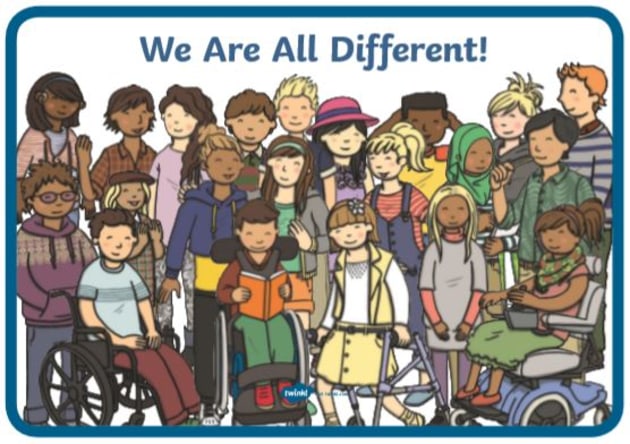Education is perceived as the foundation of development, and in Uganda, the 2024 Census has unveiled the progress, challenges, and opportunities in literacy and learning. With a national literacy rate of 73% among individuals aged 10 and above, the country has made strides in educational outreach, emphasizing the impact of initiatives like Universal Primary Education (UPE) and Universal Secondary Education (USE).
These policies, aligned with Sustainable Development Goals (SDGs), have boosted access to education, promoting gender parity and inclusion for vulnerable groups, including persons with disabilities. Early childhood education is also gaining momentum, with increasing numbers of preschool-age children entering foundational learning institutions.
However, this progress is tempered by persistent inequalities and systemic hurdles. Female literacy still trails male literacy (72% versus 77%), and rural regions, particularly Karamoja, grapple with lower access to quality education. High dropout rates among adolescents, fueled by economic hardships, early marriages, and child labor, disrupt educational continuity and contribute to the alarmingly low vocational school enrollment rate of 1%.
Read Also: UBOS Report 2024: Agriculture Transforms Livelihoods in Uganda
Overcrowded classrooms, inadequate infrastructure, and a dearth of trained teachers worsen the challenges, especially in underserved areas. Meanwhile, the digital divide looms large, with internet penetration at a mere 8.9%, leaving digital literacy aspirations largely unfulfilled.
To address these challenges, Uganda must implement targeted interventions for marginalized groups, including scholarship programs and conditional cash transfers to reduce economic barriers to education.
Read Also: UBOS’ 2024 NHPC Final Report to Highlight Ugandans’ Livelihood, Social Services
Strengthening secondary and vocational education is essential to equipping youth with employable skills, while investments in teacher training, remuneration, and infrastructure are critical to improving education quality. Additionally, integrating affordable internet access and digital literacy programs can bridge the gap between traditional and 21st-century education.
